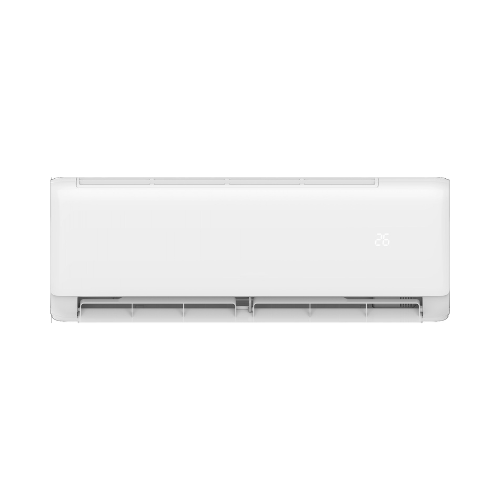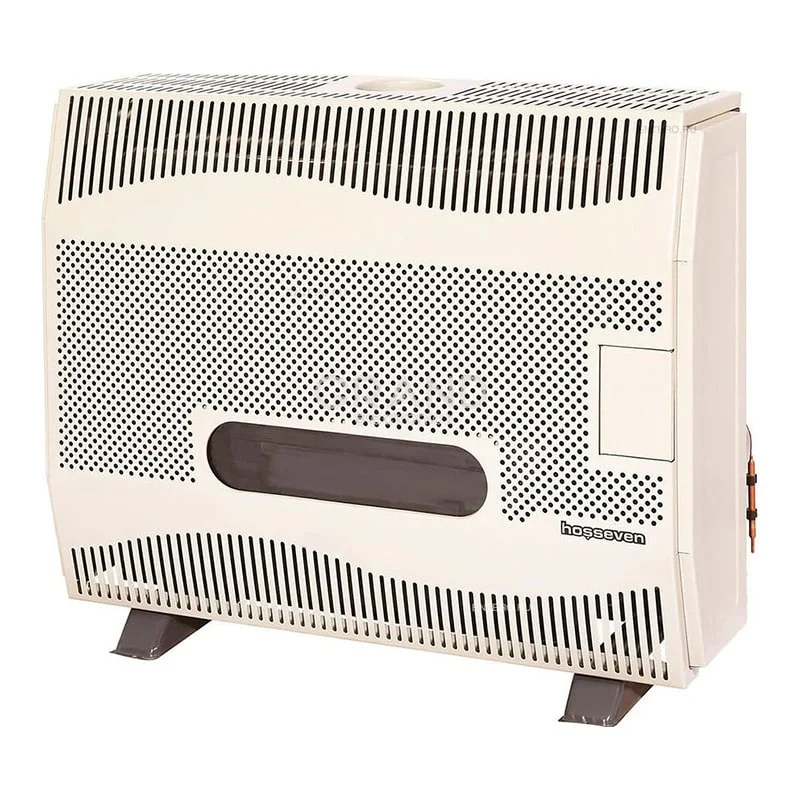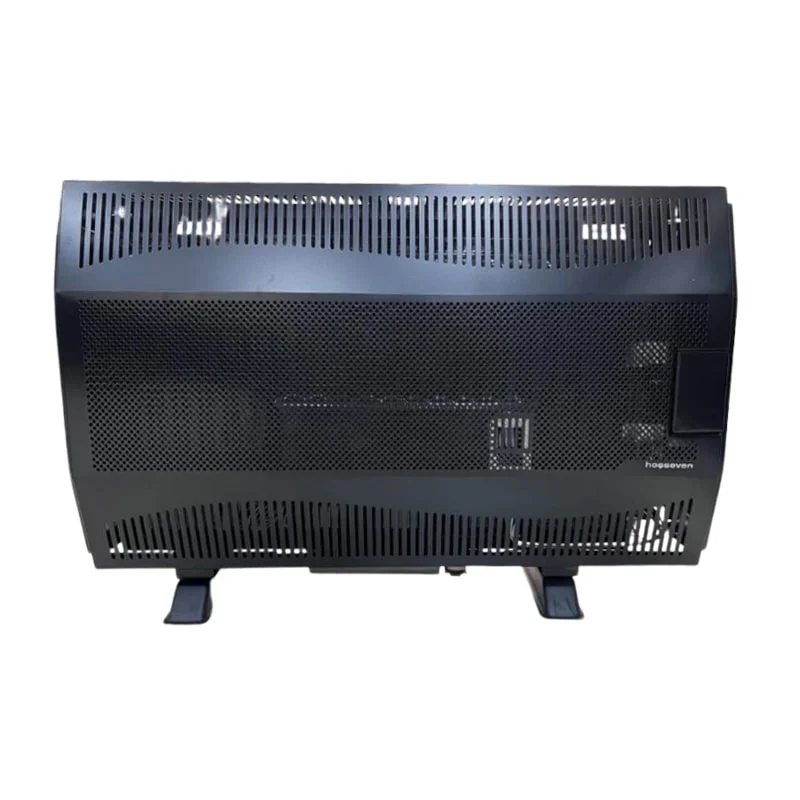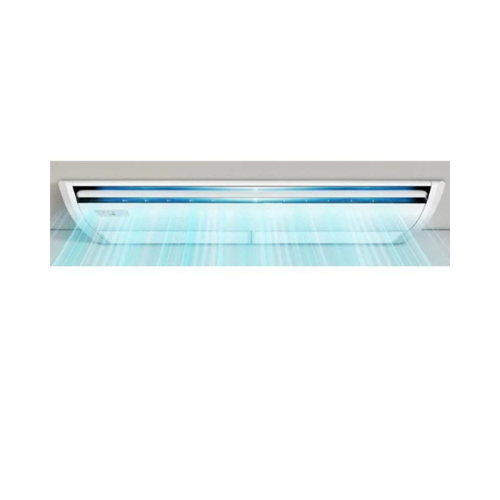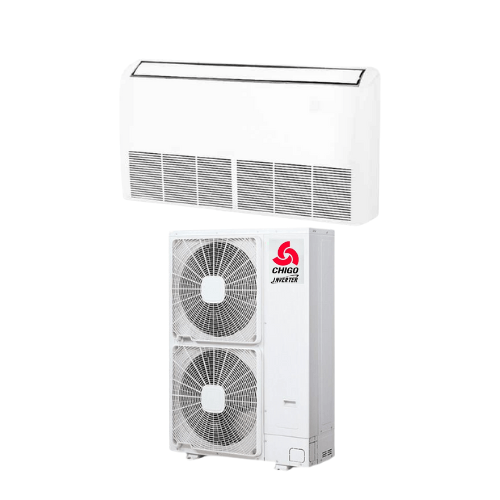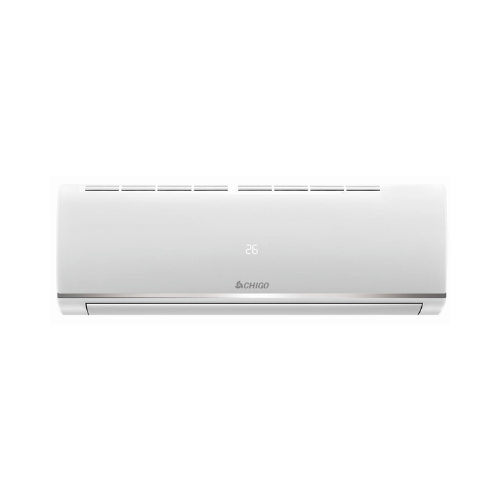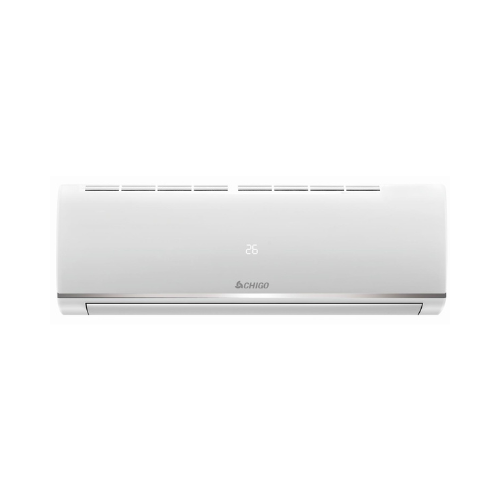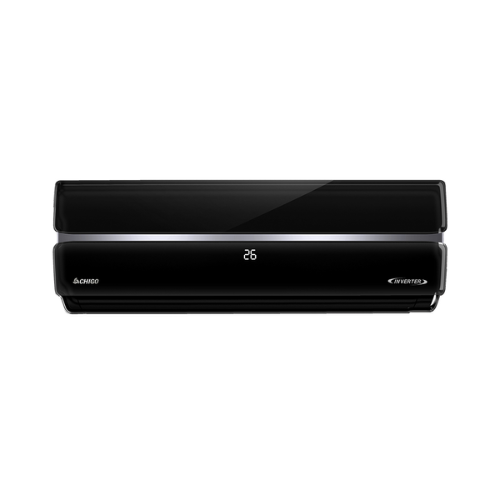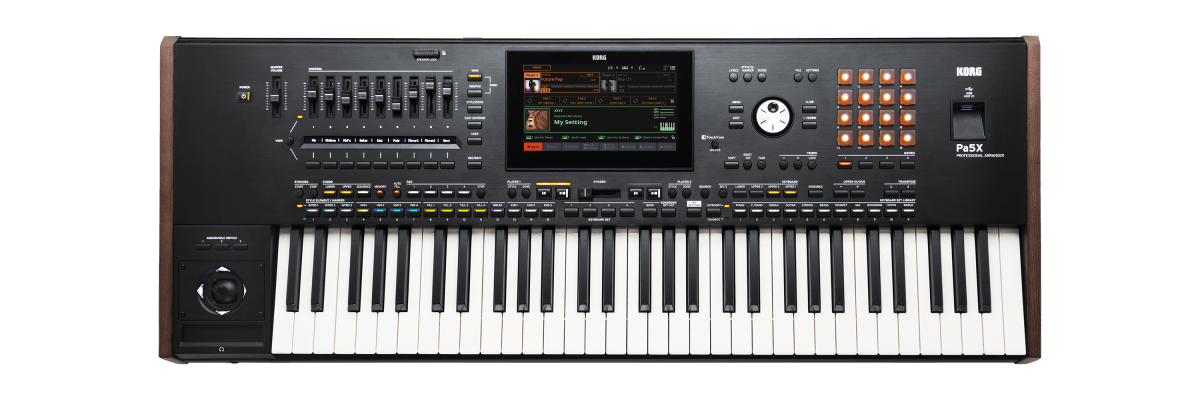
100 kV gas heater HOSSEVEN SDU V 8
In stock
100-120 m² air conditioner CT3S-100H3A-1E150AT3A
In stock
100m² gas heater HOSSEVEN HHS 09 glass
In stock
140m² gas heater HOSSEVEN HHS 11
In stock
150 m² air conditioner CHIGO CF-48BH6A-E41AF2
In stock
150 m² ceiling-floor air conditioner Chigo ZUC8-48HRIN4/ZOD-48HRIN4S
In stock
200 m² air conditioner CHIGO CF-60BH6A-E41AF2
In stock
200 m² ceiling-floor air conditioner Chigo ZUC8-60HRIN4/ZOD-60HRIN4S
In stock
25-30 m² air conditioner CHIGO CS-25H3A-B150AY8D
In stock
25-30 m² air conditioner CHIGO CS-25H3A-B170AY8D
In stock
25-30 m² air conditioner CHIGO CS-25V3G-1C172DY8A-W3
In stock
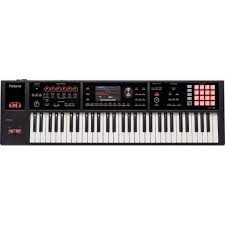
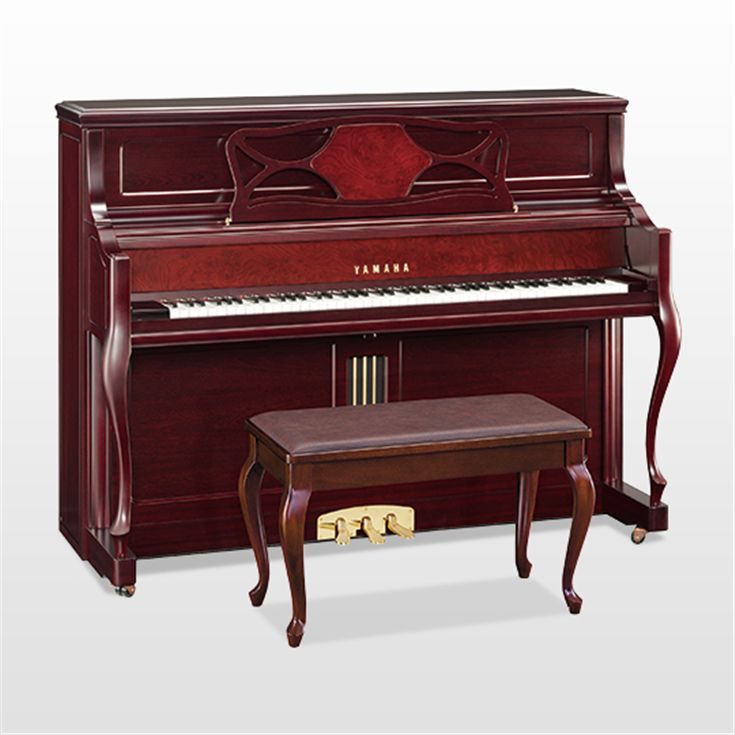

Keyboard instruments are one of the main instruments in the world of music. The most famous of them are the piano, organ, synthesizer, etc. Keyboard instruments are part of many nations and cultures and have their unique sound in a large part of musical compositions. Their technical composition and various variations, such as electronic and mechanical keyboard instruments, create a new world of music. Each keyboard instrument, despite its different structure and functions, is an ideal tool for creating musical harmony. The musical recognition that has been given to keyboard instruments depends on their ability to express emotions and become part of musical history.
Piano
The piano is one of the most popular keyboard instruments, considered in all directions of the musical world. Its distinctive capabilities allow the fortepiano version to express emotions with both strong and weak sounds at the same time. The history of the piano began in the 1700s, and despite having undergone numerous modifications, it is still the world's leading instrument. In addition to the 88 keys located under the piano, its unique acoustic characteristics are notable for its amazing harmonic capabilities. Compositions performed on this instrument reflect the dynamics of music in various ways, from classical music to contemporary genres. The piano is an indispensable instrument for performers of many genres, offering a variety of musical styles and a variety of sounds.
Organ
The organ is one of the oldest and most powerful keyboard instruments that uses air flow to create sounds. Its specifications include multiple pedals and a variety of different sound stages. The organ is a more complex instrument, both theoretically and technically, than other keyboard instruments. It is found in altars, concert halls, and cathedrals. Its role in the musical world has been important since the Middle Ages, when the organ was used for sermons and church music. Modern versions of organs incorporate architectural changes and technical improvements to produce a wider sound and more precisely defined tones. Although the organ is much more innovative today, its classic version still does not lose its relevance.
Synthesizer
The synthesizer is one of the most versatile and powerful instruments. It uses electronic signals to create music, allowing musicians to create a variety of sounds and tones that can differ from those of classical instruments. Synthesizers are available in a variety of prices and designs, allowing them to be used in both professional and hobbyist settings. The use of a synthesizer is indispensable in various genres of music, especially electronic, pop, rock and experimental music. In addition, synthesizers are often innovative parts of studio recordings, where the musician himself creates and controls the music. The process of using it teaches you how to work with it and the changing tonality of music.
Music technologies
Music technology plays a significant role in the development of keyboard instruments. Electronic keyboards, synthesizers, and virtual pianos have become more diverse and flexible with technological developments. Musicians can use innovative software that emulates the sounds of classical instruments or allows them to achieve completely new sounds. The enhancement of technology gives musicians creative freedom when they create new genres, samples, and musical works. These technologies are one of the main factors in the music industry and offer new challenges to both composers and performers.
Virtuosity
Keyboard virtuosity refers to the combination of high technical ability and skill required to produce a perfect performance. Virtuosos always work hard to overcome the rigors of technical performance to create an impressive performance. Precisely informed and refined performance on each of the keys distinguishes the best musicians. In all musical genres, from classical music to modern and electronic, keyboard virtuosos successfully perform both complex and emotional works.
Harmony
Keyboard instruments are one of the most successful instruments for creating harmony. When playing piano and synthesizer, musicians create multiple notes that resonate with each other. Classical compositions, symphonies, and modern music all use these instruments to enhance harmonic characteristics. The organ and other similar instruments greatly aid in creating harmonic structures, offering even more diverse tonal possibilities.
Music education
Learning keyboard instruments is part of many musical systems. Musicians studying classical music, or modern electronic genres, teach variations, different styles, and performance techniques on these instruments. Learning on these instruments, both in schools and institutions, is an important part of music education, as they create a wide user base.
Musical experiments
Keyboard instruments allow musicians to create experimental sounds. Synthesizers and modern technology allow for new melodic and harmonic ideas, which gives you much more flexibility in musical experimentation. Musicians are constantly working on new sounds, backgrounds, and instrumental samples.
Virtual music
Virtual music, created by computers and composers, has symbolically played a crucial role in the use of keyboard instruments. Musicians can use virtual instruments and create musical combinations with them.
Our business partner is Compatia conciergebatumi.com


